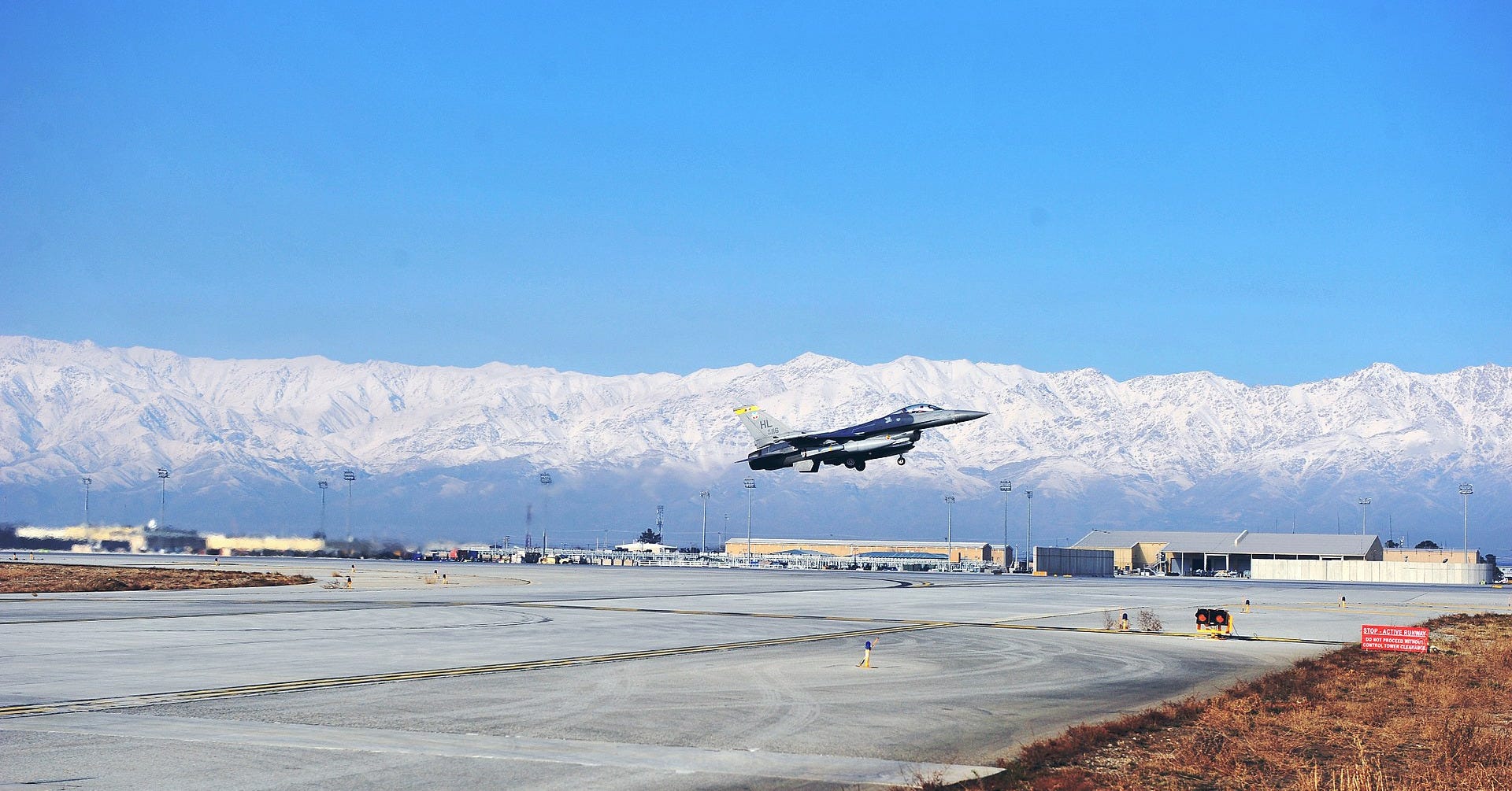Flying Together in RF-4 Recon Jets, American and Iranian Crews Once Spied On The Soviets
Iran and Afghanistan have long been useful bases for American efforts to monitor its rivals
U.S. Pres. Donald Trump has demanded that the Taliban return control of Afghanistan’s Bagram air base to the U.S. military. Among other things, he cited the base’s proximity to China’s nuclear weapons program.
“We’re trying to get it back,” Trump said of Bagram on Sept. 18. “It’s an hour away from where China makes its nuclear weapons.”
Forty-six years before Trump made this comment, the United States worried about losing another significant military and intelligence foothold in that part of the world. The Soviet Union was equally worried about how Washington might make up for that loss.
With a land border more than 1,000 miles long with the Soviet Union, Iran was an ideal location for gathering sensitive intelligence on Moscow’s activities and capabilities during the Cold War. And that’s precisely what Washington did when Tehran was a close U.S. ally under the rule of its last shah, Mohammad Reza Pahlavi.
In the 1970s, the shah bought large quantities of advanced American military hardware, including McDonnell Douglas F-4, Northrop F-5 and even Grumman F-14 fighters. Throughout that decade, Iran’s RF-4E reconnaissance planes frequently entered Soviet airspace. These jets probed and tested Soviet air defense readiness, searching for gaps in its coverage.
Iran acquired 16 RF-4Es before the 1979 revolution.
Tehran wasn’t doing this alone, at least not initially. The sorties conducted in Project Dark Gene, a joint effort by the U.S. Central Intelligence Agency and the Iranian air force, often saw Iranian RF-4E pilots fly with an American in the back seat. In the early years of these missions, the United States loaned Iran some RF-4Cs, officially for training purposes, while Tehran awaited delivery of more advanced RF-4Es.
On Nov. 28, 1973, a Soviet air force Mikoyan MiG-21 intercepted one RF-4C conducting a reconnaissance mission in Soviet air space. A dramatic chase ensued. The unarmed reconnaissance jet evaded the MiG’s R-3S missiles. The Soviet pilot then attempted to use his gun—it jammed. Left with no other choice and following orders, the Soviet rammed the RF-4C, which crashed.
The RF-4C’s American and Iranian crew ejected and was promptly arrested. The airmen successfully maintained their cover story that they had accidentally strayed into Soviet air space during a training exercise. Since the crash completely destroyed the RF-4C, the Soviets had no solid evidence to disprove the account.
The crew was released as part of a trade. In an ironic twist, given the nature of their sortie, a reconnaissance film cartridge from a Soviet satellite accidentally landed inside Iran. Moscow promptly released the pilots in exchange for the sensitive film.
By 1978, Iranian RF-4Es spent so much time flying inside Soviet air space that their crews had logged more flight time there than even most Soviet pilots!
Keep reading with a 7-day free trial
Subscribe to Trench Art to keep reading this post and get 7 days of free access to the full post archives.



